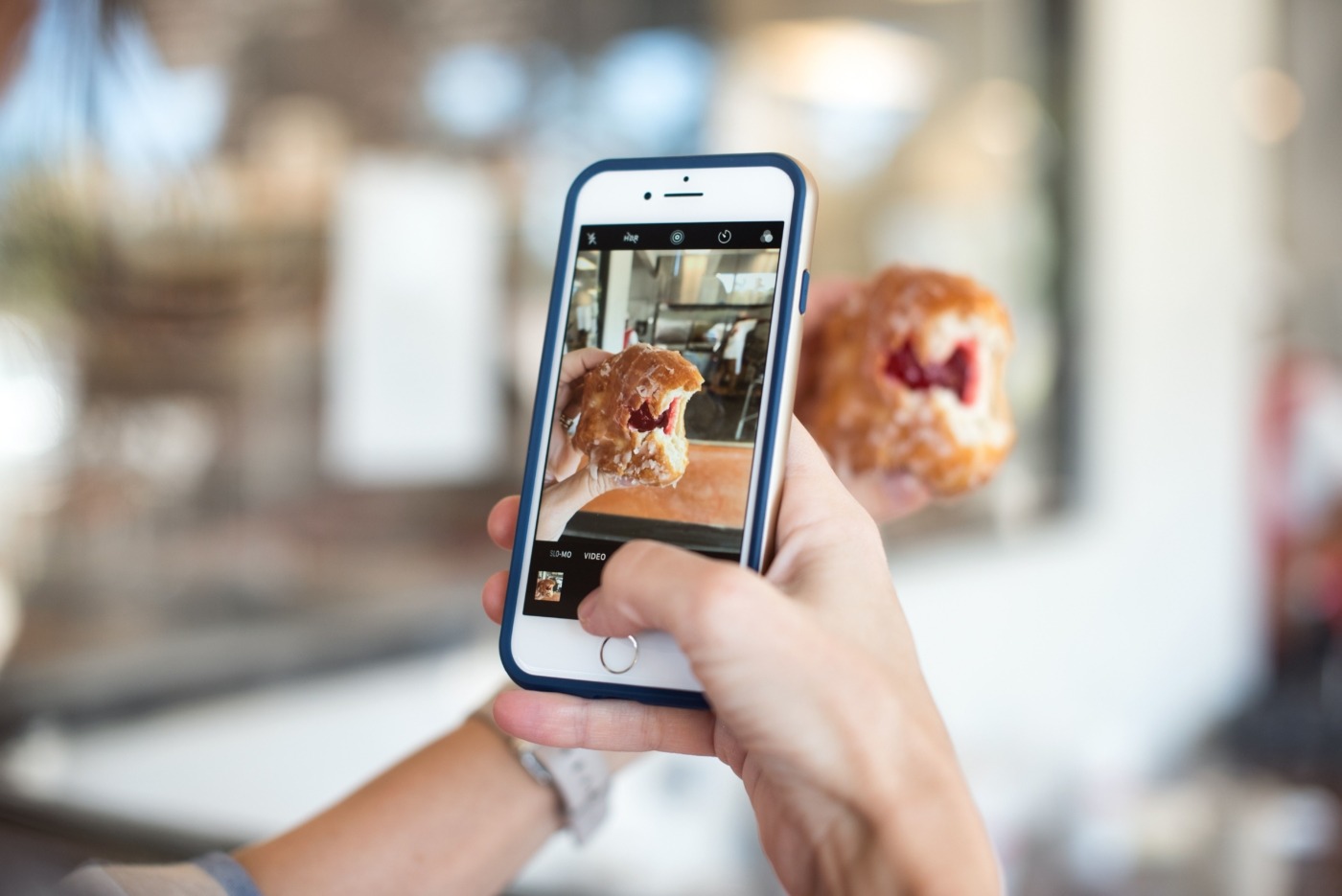Instagram influencers are the perfect marketing tool
Ever procrastinated by scrolling through Instagram between lectures? Social media is now hugely prominent in our daily lives, and various businesses are making use of captive audiences on Instagram to promote their products. As students, we are always looking for a good deal – and we often look towards brands that seem well-known and trusted to get the best value for our money. However, the industry behind the squeaky-clean images is hugely competitive, and often not as authentic as we would like to imagine it.
Brands now regularly pay between £40,000 and £80,000, and often more, to get the top stars to promote their brand or products
In the past few years, reality celebs and stars alike have started documenting their ‘authentic’ lives on various social media platforms. Image-based Instagram is one of the most popular platforms for this – not surprising given the phrase ‘a picture is worth a thousand words’. It was not long before Instagram influencers appeared on the platform – stars who are paid to advertise a certain product in their posts such as wearing a specific outfit using the hashtag OOTD (outfit of the day), alongside a brand name. The industry has exploded in recent years, to the point where quality and customer satisfaction make less difference to the success of a brand than their ability to obtain an influencer with a huge following on social media.
The market for Instagram influencing has sky-rocketed in competitiveness in recent years. Brands now regularly pay between £40,000 and £80,000, and often more, to get the top stars to promote their brand or products. YouTube video reviews are no less costly, averaging £46,680. Recently, the pressures of this lucrative industry have led some influencers to go to great lengths to gain more online post engagement – with some outcry over recent product posts that included unrelated captions and hashtags about the Californian wildfires, simply because it was trending on social media at the time. Other influencers have come under fire for gaining ‘fake followers’ to improve their perceived popularity and image on Instagram.
The industry has become so competitive that recently sites and apps have been developed specifically to connect influencers with brands. FameBit and Grapevine are two of the most well-known
There are various reasons why Instagram Influencers, and YouTubers, are now part of such a coveted market. Firstly, unlike more generic adverts on television or otherwise, influencers often have specific followers for their dedicated area of focus. For instance, there are Instagram stars who specifically focus their influencing on areas such as wellbeing, fashion, homeware, gaming, and literature – the list is endless. With a very specific fan-base following each of their Instagram feeds, their target audiences are more likely to follow their advice about a specific brand – making their feed very attractive to budding advertisers. Additionally, many users do not consider that celebrities or influencers are paid to endorse products – often viewing them as genuine trusted specialists giving their opinion on a particular product. Additionally, carefully worded captions give the impression of ‘real’ people who have genuinely seen the benefits of a certain product.
As with any million-dollar industry, there are constant improvements and trends sweeping the industry. Usually, the biggest influencers will have management agents to search for the best influencing contracts for them. However, the industry has become so competitive that recently sites and apps have been developed specifically to connect influencers with brands. FameBit and Grapevine are two of the most well-known of these digital sites – which are a bit like dating apps that match brands with influencers. Brands will submit proposals to attract influencers, which include descriptions of their product, who they are targeting, and a brief description of who they would like to promote it. Another recent top trend, identified in a recent Forbes article, is photographing products within a dedicated ‘residential’ space. These are, in effect, just artificial sets, constructed with specific ‘Instagrammable’ aesthetics such as millennial pink interiors, aesthetic bookshelves, or minimalist décor.
Instagram influencing is the perfect marketing tool for many brands appealing specifically to millennials or those who use the platforms. But we must take their endorsements with a pinch of salt, as the products they are pushing may not be the best for every individual.

Comments
Comments are closed here.